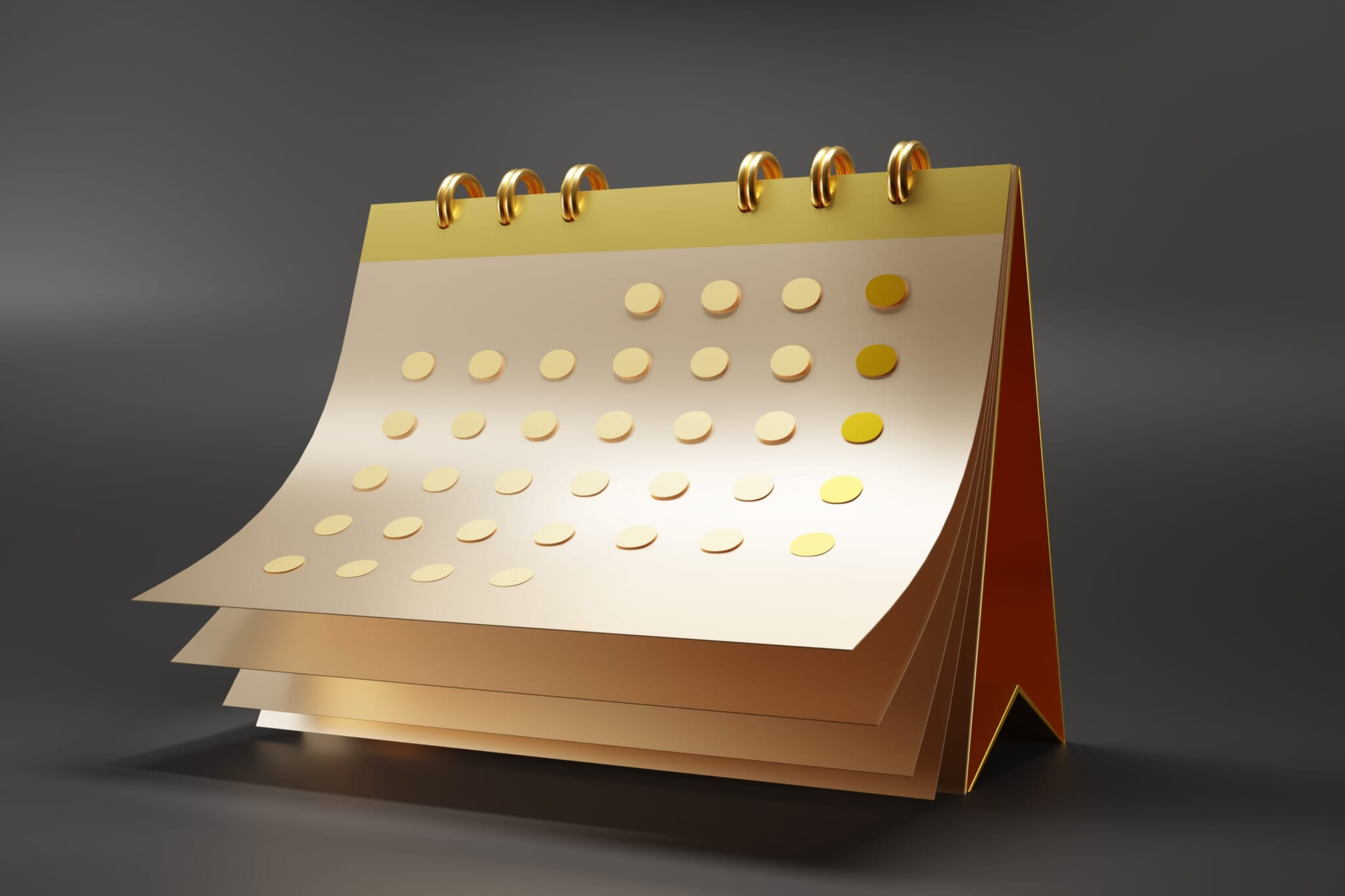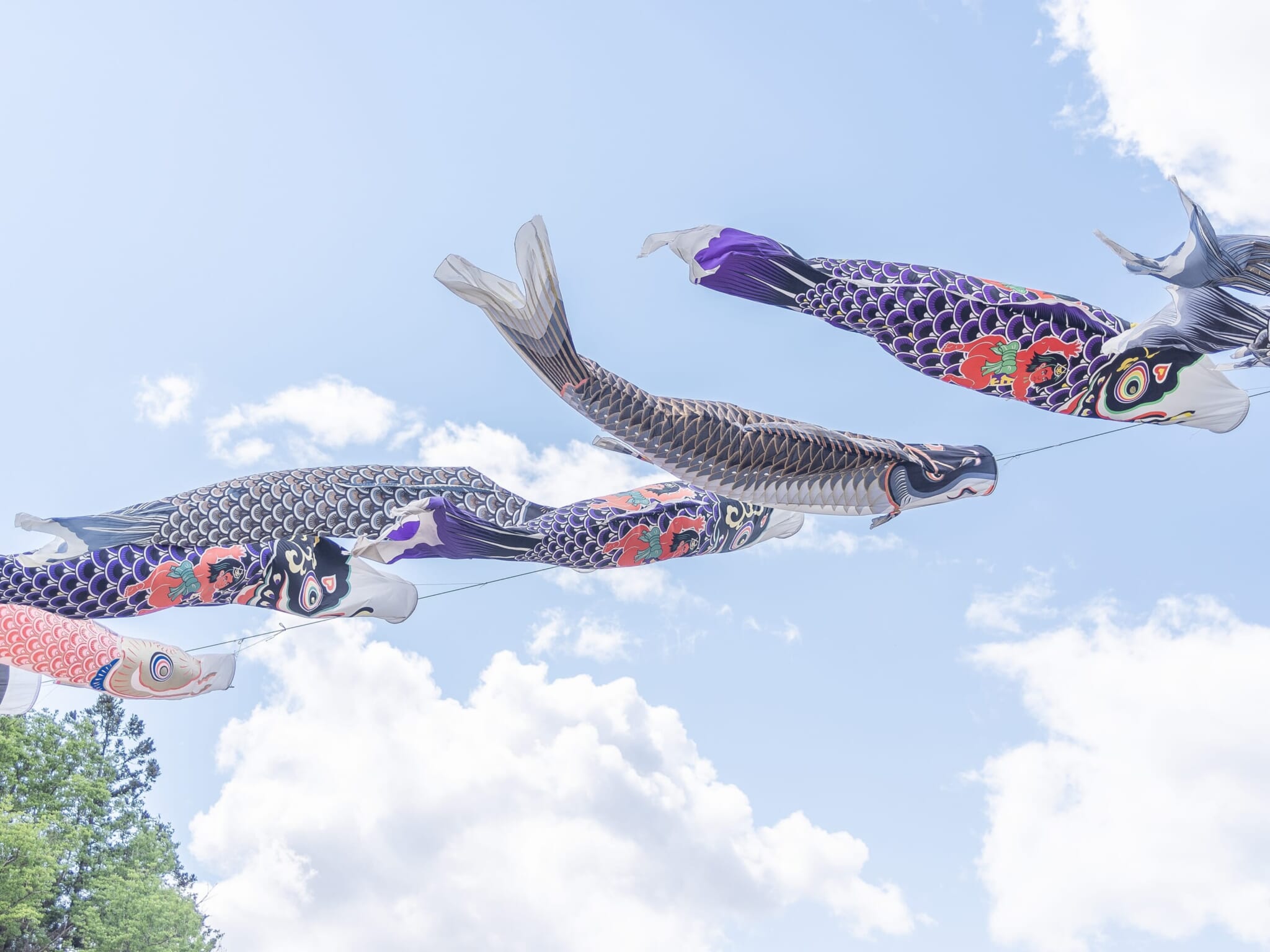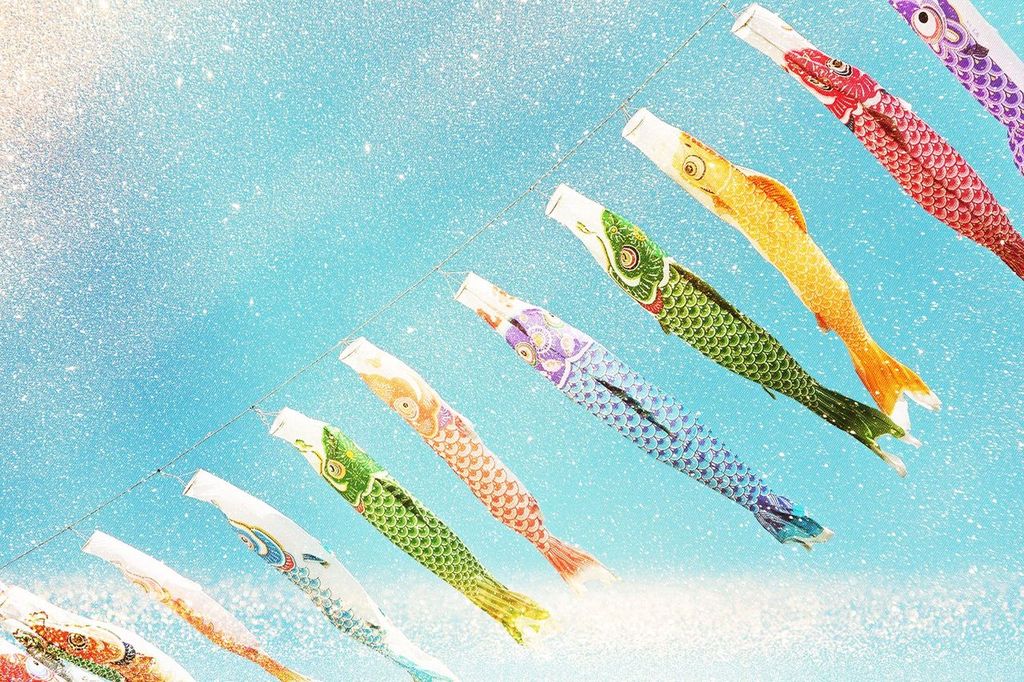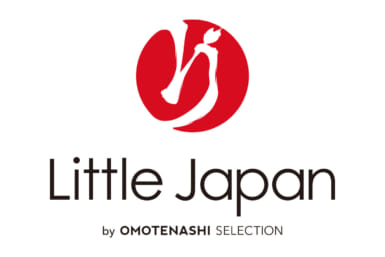Even though Japan has the most public holidays out of any developed country, Golden Week is the time of the year when Japanese employees really do luck out. With a bumper four days off in between weekends, there’s a reason Golden Week is thus named. Particularly fortunate workers will get those days in between off as well.
Golden Week in Japan is a time for traveling, spending time with family and generally thinking about work as little as possible.

History of Golden Week
In Japan, from late April to early May, there are four different designated public holidays that fall on April 29 and May 3, 4, and 6. Unlike the holiday seasons of obon and shogatsu, that coincide with a different celebration, the public holidays of ogon shukan (Golden Week) are unlinked, and just happen to be clustered together — an incredibly lucky coincidence.
The holidays were set in 1948 following the Japanese constitution, under an article known as the National Holiday Law Act. Four days off in quick succession were fixed from the end of April to the start of May. This long holiday period meant that people aimed to make the most of their extra days off, by doing things like going to the cinema, traveling and spending time with their families.
There wasn’t an official name for this until 1951, when the term “Golden Week” was first coined by Hideo Matsuyama, the managing director of Daiei Film Company. The period was something that those in the industry started to look towards, as audiences would flock to movie theaters. With the name, Matsuyama aimed for something like the radio industry’s equivalent of “golden hour” when high audience numbers tuned in.
Interestingly, he originally tried to get the term “Ogon Shukan” (the literal translation of Golden Week) off the ground, but it didn’t catch on, losing out to wasei eigo (English-style Japanese version). The term took off, and soon the phrase “Golden Week” was set.

Breakdown of Golden Week Holidays
Below are the public holidays that comprise Golden Week and the meaning of each. (Note that, under Japanese law, if a national holiday falls on a Sunday, the following Monday will become a public holiday, called a furikae kyujitsu, or “compensatory public holiday.”
Showa Day (Showa-no-Hi), April 29
The Showa period (1926–89) was a time of turbulence and struggle, both inside and outside the country. The holiday initially marked the birthday of Emperor Hirohito; after his death, it remained a public holiday. At first it was called Greenery Day, in reference to his love of nature, but eventually, in 2007, the government reached a decision: the day would be known as Showa Day, in which to reflect upon the Showa times, both good and bad.
Greenery Day was moved to May 4, replacing People’s Day.
Constitution Memorial Day (Kenpou-Kinen-Bi), May 3
Constitution Memorial Day was first held in 1948, following the signing of the constitution in 1947. The Japanese constitution is based around three principles: nationalism, peace and equal rights for all citizens, drawn up after World War II. This is enforced through 103 articles which go into specific points.
The Constitution Memorial Day itself is officially in place to celebrate the government and democracy.
Greenery Day (Midori-no-Hi), May 4
Until 2007, Greenery Day was celebrated on April 29, but it was moved to May 4 to make room for Showa Day. Greenery Day Midori-no-Hi is a day to celebrate all things nature.
Many government-run parks and attractions like Shinjuku Gyoen and Jindai Botanical Gardens offer free entry for citizens on this day, and lots of people take the opportunity to get out of the city and visit some nature. (Shinjuku Gyoen also offers free entry on April 29 and May 5.)
Children’s Day (Kodomo-no-Hi), May 5
May 5 marks Children’s Day in Japan, where families celebrate the happiness and growth of children. It’s denoted by the flying carp kites, koi nobori, which you’ll spot flying across the country, from shotengai shopping streets with carp strung from lamppost to lamppost, to rivers in the countryside of Yamanashi with strings fluttering above. The whole community gets together, as both making and hanging up koi nobori is no small task. In 2024, Children’s Day falls on a Sunday, leading to a furikae kyujitsu on May 6.
The flying carp are said to represent success and good health for children everywhere, and lots of family homes will have their own carp decorations, too. On Children’s Day, many attractions offer free entry for children, and communities will have lots of Children’s Day-related events and activities.
Attractions with free activities on Children’s Day include Tokyo Mirai-kan and Tokyo Tower, which has an impressive 333 flying carp strung from its rafters.









